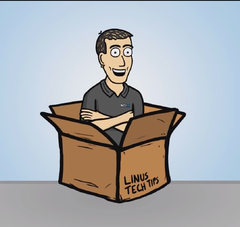Intel announces a new line of SSDs aimed at data centers
-
Topics
-
Berries ·
Posted in CPUs, Motherboards, and Memory0 -
IKEA Cherry Chair ·
Posted in General Discussion0 -
GoliathTheMouse ·
Posted in LTTStore.com Merch0 -
Sychicyuto ·
Posted in Troubleshooting0 -
Gessler555 ·
Posted in CPUs, Motherboards, and Memory3 -
LuminaWanderer ·
Posted in New Builds and Planning4 -
5
-
6
-
1
-
0
-
















Create an account or sign in to comment
You need to be a member in order to leave a comment
Create an account
Sign up for a new account in our community. It's easy!
Register a new accountSign in
Already have an account? Sign in here.
Sign In Now